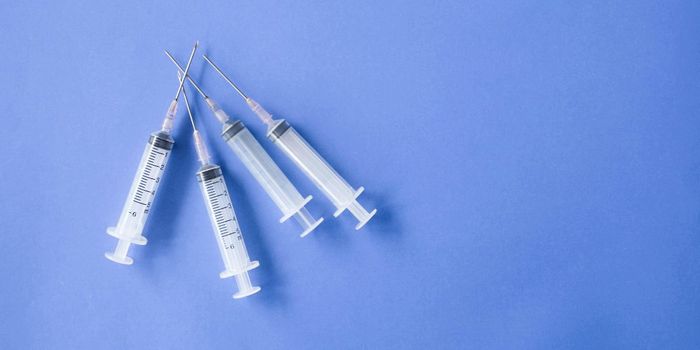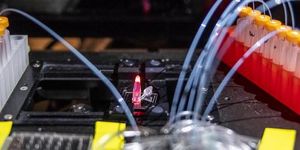Autopsies to Understand Heart Disease: What Went Wrong
Autopsies aren’t as common as they used to be, but scientists may have a reason for a comeback. A new series of studies from the American Heart Association provide strong evidence for utilizing autopsy as a way to learn more about heart disease and how to prevent mortality.
"Atherosclerosis, hypertension, diabetes and metabolic syndrome - these are the diseases you study during an autopsy,” explained co-editor Jeffrey E. Saffitz, MD, PhD. “These are the diseases that are killing hundreds of thousands of people and autopsy is important to help understand how these diseases develop and progress."
Why don’t hospitals do more autopsies? First, the motivation is gone. Hospitals are no longer required to complete a certain amount of autopsies for accreditation. Plus, hospitals are no longer reimbursed for the autopsies they do complete, and modern imaging technology often circumvents the need for an autopsy. Modern autopsies usually done to identify a cause of death, but now scientists think more autopsies could be done to learn more about disease pathology.
The first autopsies were vital for scientists looking to understand the human circulatory system. Researchers from recent studies describe a monumental 20th century autopsy where scientists took x-ray images of autopsy hearts and used the scans to make the first depictions of the human coronary system. The illustrations helped them learn more about the pathology behind chest pain and heart attack, key differences between a diseased heart and a healthy heart, and the pathology of congestive heart failure and cardiogenic shock.
One study looked at autopsy and its applications for understanding sudden cardiac death. Are surviving family members also at risk? Sudden cardiac death occurs as a result of cardiac arrest, a loss of heart function. In the United States, around 325,000 people die from sudden cardiac arrest every year, usually adults in their 30s and 40s, with a larger number of men affected than women.
The study aimed to explain sudden death in young people with a procedure called whole exome molecular autopsy. Researchers used data from 25 cases of sudden cardiac death. They identified 27 extremely rare mutations in over half of the autopsies, and 14 percent of the cases included mutations that could have been detected by genetic testing, a finding that gives the family of the deceased a chance to tested.
Another study looked at cardiac implantable electronic devices (CIEDs) during autopsy, including 151 CIEDs: pacemakers, defibrillators, implantable loop recorders. A third study investigated early signs of atherosclerosis, including tissue samples from 100 autopsies of young adults, using mass spectrometry to analyze heart function and determine the original cause of atherosclerosis. They observed changes in mitochondrial protein activity associated with atherosclerosis.
The present study was published in the journal Circulation.
Sources: Cleveland Clinic, American Heart Association









